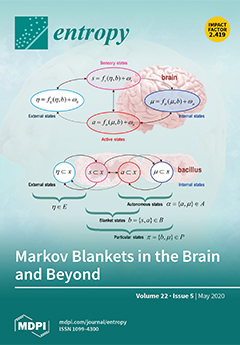Unique
k-SAT is the promised version of
k-SAT where the given formula has 0 or 1 solution and is proved to be as difficult as the general
k-SAT. For any
,
and
, a parsimonious reduction from
k-CNF to
d-regular (
k,
s)-CNF is given. Here regular (
k,
s)-CNF is a subclass of CNF, where each clause of the formula has exactly
k distinct variables, and each variable occurs in exactly
s clauses. A
d-regular (
k,
s)-CNF formula is a regular (
k,
s)-CNF formula, in which the absolute value of the difference between positive and negative occurrences of every variable is at most a nonnegative integer
d. We prove that for all
,
and
. The critical function
is the maximal value of
s, such that every
d-regular (
k,
s)-CNF formula is satisfiable. In this study,
denotes the minimal value of
s such that there exists a uniquely satisfiable
d-regular (
k,
s)-CNF formula. We further show that for
and
, there exists a uniquely satisfiable
d-regular
-CNF formula. Moreover, for
, we have that
.
Full article






